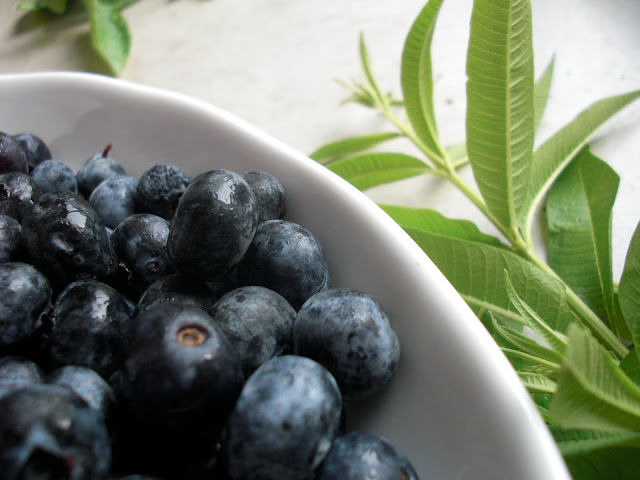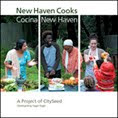I thought it was about time to share some garden pictures from this summer. The garden has survived the heat wave, and we are past our first crop of summer foods. My backyard plot gets limited sun, so many things grow a little later than normal. Our strawberries are long gone, sugar snap peas are just finishing, snow peas and shelling peas are done, tomatoes are just starting to ripen, the first round of lettuce is getting tall, but still edible, and the second crop is ready for some picking, the green bean plants are small with a few moderately edible beans showing their faces, the cucumbers have exploded everywhere, zucchini plants are large with lots of flowers but no squash (hmmmmm,...?) carrots and celery are growing well, the raspberry plot is huge and heavy with unripened berries and bumblebees, the herbs are flourishing, the apple trees are struggling along, the grape vine has gorgeous leaves and sad fruits, and the blueberry bushes are happy to be in their new spot out of the shadow of the abundant raspberries. So far it has been a productive season for our little urban lot, with some good harvests, a few diseases, some great dinners and snacks, and a lot more good food to look forward to.
I sometimes dream of spending my days working on a farm. I have done enough short stints on farms to know that my day dreaming about farm work is not entirely grounded in reality, and that the idea that working a farm would be less stressful than the work I do now, well, it is just a different kind of stress. I am very thankful that my lively hood is not at the whim of mother nature everyday. The fungus or drought or bugs that infest our organically grown backyard garden, have a small impact on our lives. If I have to pull out all of my yellow grape tomato plants due to fungus (as I did this year) I haven't lost a percentage of my income. If my zucchini plants keep not producing squash, I can still pay my bills. If all my grapes are turning black and shriveling up, I haven't lost this year's wine crop, I just read up on grape disease and try to prevent it next year.
The fungus that wilted my yellow grape tomatoes, and the black rot on our grapes. This year's losses.
I have been gardening in pots for many years, but in a yard, in the earth for only 4 years. Each year there are some great successes, and a few losses. Having a backyard full of food is exhilarating, beautiful, delicious, nutritious and cheap. This year we made the investment to build raised beds which I describe in detail in this post from May, that investment will last us for years. Each year we purchase a few bags of manure or compost to enrich the garden and harvest some from our own compost pile. I buy a few packets of seeds and some seedlings from the Common Ground School Spring Farm Festival or from some local garden shops, and then add water and weeding. A few of the plants in our garden were gifts from friend's yards (thank you Doug). A small stem of raspberries quickly turns into a patch, and a small grape vine will grow to cover a fence in just a few months. The marigolds are grown from dried flower heads picked off the Edgewood School Garden last year. They are an incredible variety, robust and hearty (they also help keep some bugs away from our plants).
The raised beds, soil and compost which were our start up costs for this year were about $250. The plants and seeds, about $30. In a normal year when we are not building the garden beds our annual costs would be somewhere around $50-$75 dollars, and could be a lot less if I started learning how to save seeds and if we paid a little more attention to our compost pile.
I have been entertaining ideas of growing food through the winter, using plastic sheeting as row covers. I'm starting to think about which hearty greens to grow through the winter, like spinach and kale, and maybe some carrots or other root crops as well. I took a workshop at a CT NOFA conference a few years back with an incredible farmer from Lebanon, CT who covers most of his farm land in row covers and hoop houses and grows food all winter long. He was an inspiration, and I have been promoting his work to every home gardener, school garden and farmer I know, so maybe it is time that I do it myself!
So, the point of all of these ramblings is to say that growing food in your backyard or in pots on your stoop is simple and inexpensive, and it can add an enormous amount of pleasure and delicious healthy food to your life. I hope you all are growing something good to eat, or at least entertaining the idea...
For resources on how to grow your own food contact your local garden center, organic farming organization, master gardeners program, farmers' markets, state extension program, or maybe try asking your neighbors.
You can also check out the resource guide in the cookbook I created: New Haven Cooks/Cocina New Haven, available to purchase on the CitySeed website.
Please share about food you've grown this year, successes or losses,
first tastes or other fun garden related stories.



























































